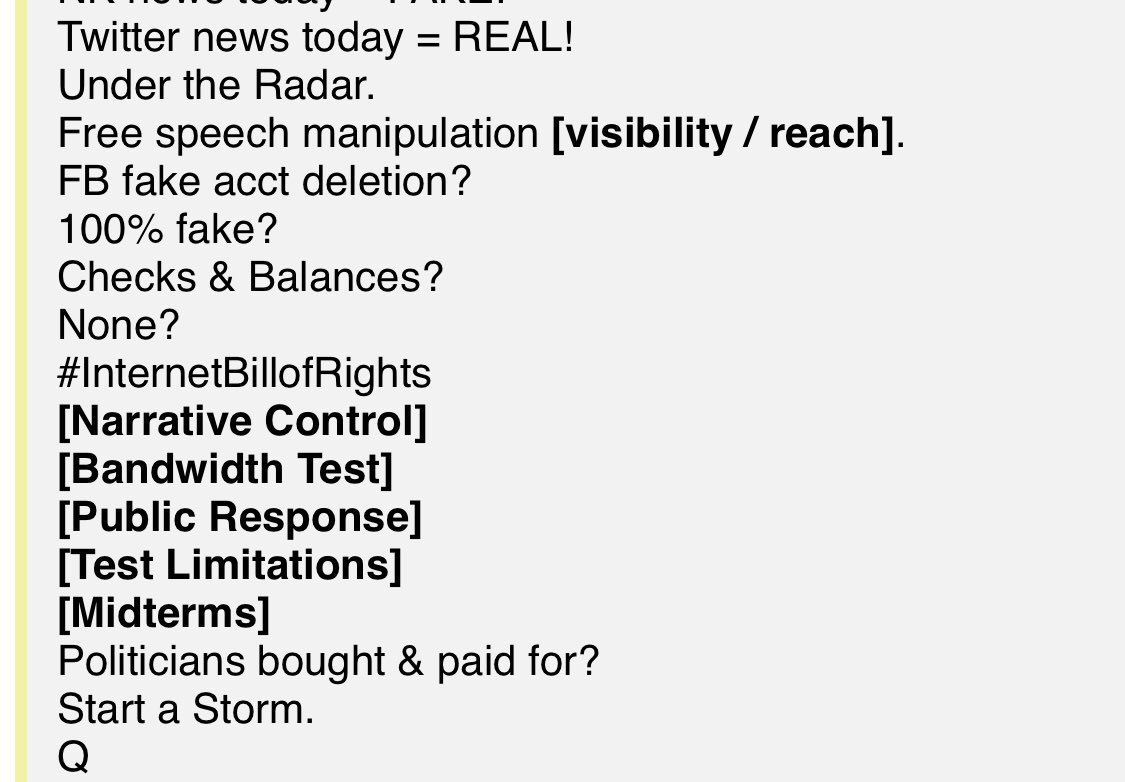Welcome to the 5th session of this Twitter chat. Today we will be learning a few fascinating things about the consonants of Sanskrit.
Contrary to the vowels which are independent sounds, the consonants are dependent sounds - सापेक्ष sāpekṣa. 5/1
Get real-time email alerts when new unrolls are available from this author!
Twitter may remove this content at anytime, convert it as a PDF, save and print for later use!

1) Follow Thread Reader App on Twitter so you can easily mention us!
2) Go to a Twitter thread (series of Tweets by the same owner) and mention us with a keyword "unroll"
@threadreaderapp unroll
You can practice here first or read more on our help page!


















